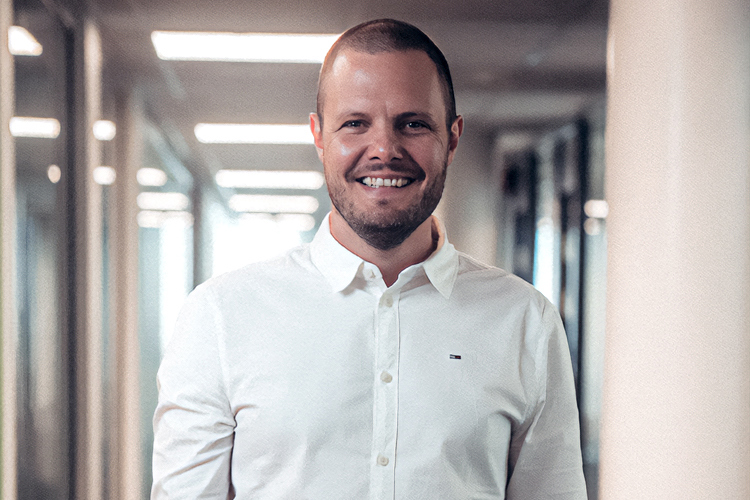87% of businesses do not get the business value they expected from their technology investments. That is one of the shocking take-aways from the Bain & Company Technology Report 2023.
At the same time, we are in the midst of what could be called “the great ERP upgrade”. Many businesses have already moved their ERP to the cloud. Many others are in the process of doing this now, or considering doing so.
Today, businesses face a strategic choice: Whether to focus on simply implementing a new ERP or rethinking the scope of their ERP in order to make their business ready for the future.
In this article, I will provide inspiration on how to achieve the latter: How to use “new ERP” to make your business future-ready.
First of all, a lot of things have changed since most companies last implemented a new ERP solution. Cloud solutions work very differently compared to on-premise solutions. The speed of technology innovation is unprecedented and the next digital age has already arrived. The future is now!
As the Cheshire Cat said to a disoriented Alice in Lewis Carroll’s Alice In Wonderland: “If you don't know where you are going, any road will get you there”.
Rather than choosing a route at random in the hope of reaching ERP-success, Cepheo has outlined a best-practice approach to help ensure that businesses have a clear picture of where they are heading and how to get there.
Purpose – where are you going?
It is crucial to be very clear about why you are investing in a new ERP system. Until today, many would have answered that the motivation is to get off an old and unsupported platform. Today, the reasons should be more closely related to enabling digital empowerment that will lead to increased market competitiveness and better financial results.
This digital empowerment must be scoped and defined clearly across your organization. From the board and throughout the company’s operating model, ecosystem and management structure. This should be the primary purpose for investing in a new corporate business platform (including a new ERP system).
We see further four fundamental questions that you should be able to answer when preparing your organization:
Why are we investing?
First of all, you need to define what success and your “winning aspiration” look like for your business. This includes asking yourself: “How can we measure success?”.
Answering this question includes defining what you want to achieve with the investment, which capabilities you will need to establish or strengthen and which additional requirements need to be in place to enable your organization to be ready for the digital age.
What should we invest in?
To determine the technical scope, you need to evaluate how far standard functionality can take you on this journey, and how standard capabilities will need to be supplemented to fulfill your business requirements. What does your target application landscape look like?
In addition, you need to understand what is required to fulfill your ambitions regarding the value of data. Business applications may come and go, but data is your business gold.
How can you leverage your data to become “AI-ready” and to manage your core objectives and portfolios with intelligence and insight?
Finally, how can you monitor your progress toward realizing your ambitions around becoming fit the digital age?
How should we implement?
This question focuses on clarifying your procurement/contract strategy, evaluating the technological platform, selecting a delivery partner, assessing the readiness of your organization and developing implementation strategies.
You need to determine how you are going to approach the implementation in a way that allows you to achieve your current goals and to transition to an “evergreen”, cloud-based operational model that ensures that your business remains future-proof for many years to come.
You must also consider the governance required and how you will manage your ability to “stick to standard” during implementation.
Additionally, you will need to plan the rollout, establish the necessary organization, evaluate the investment required and determine the internal resource needs. How will this change your IT operating costs going forward?
Can you do it alone?
Being able to deliver qualified answers to these complex questions is paramount. Few companies have resources to do it alone and not all partners are able to look holistically at their business.
With the transition to the cloud, the modern “ERP project” must be considered a long term digital journey, where the choice of platform and partner weighs heavier than individual specifications.
By taking the steps outlined above, you will know where you are going and how you will get there. This approach will not just help you focus on doing the right things, but also on doing the right things correctly.
This is the third in a series of Digital Empowerment articles that focus on the fast pace of technology innovation and the implications this innovation will have for your businesses.
-

Thomas Munksgaard
Management consultant, Cepheo
Thomas Munksgaard er managementkonsulent og digital fasilitator og medlem av vårt strategiske rådgivende styre hos Cepheo – en ledende Microsoft-økosystempartner i Skandinavia.




